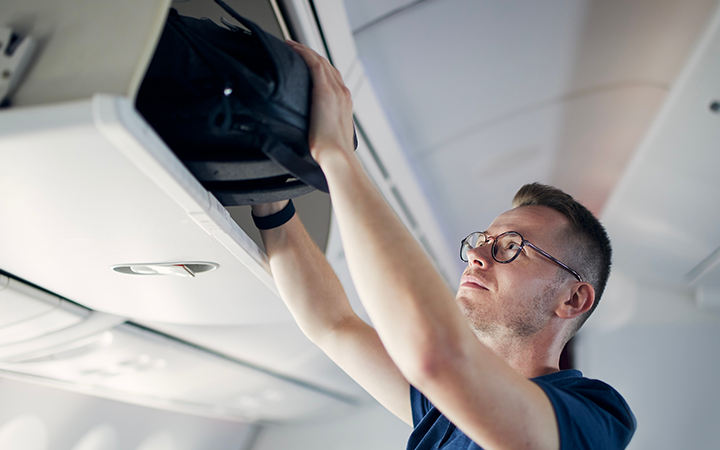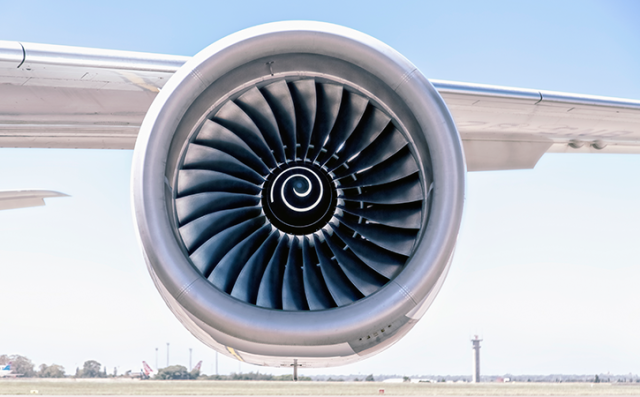
The power of corporate travel benchmarking
Forward-thinking travel program managers are proactive and don’t sit in a vacuum. They understand the importance of having their ear to the ground internally and externally to stay ahead of change and trends.
Benchmarking is a part of that strategy. It’s an exercise that is an independent review and assesses how your corporate travel program is performing compared to others. You can benchmark a specific element such as:
-
Air program: Negotiated rates, ancillaries, T&Cs, cancellation terms, benefits, carbon footprint, traveller wellbeing
-
Hotel program: Negotiated rates, ancillaries, T&Cs, cancellation terms, benefits, carbon footprint, traveller wellbeing
-
Travel policy and online booking tool: Average cost of trip, booking lead time, flexibility/inflexibility, compliance, adoption, usage, climate impact
Why benchmarking is important
Benchmarking is never a stand-alone activity; it should be part of your wider business strategy. In today's business environment, if you aren't running benchmarking exercises, you run the risk of your travel program not being competitive or you may make travel decisions that aren't backed by relevant data.
If you are not able to measure how your program is faring, your prices might be too high. Which then affects compliance, if your travellers start looking for cheaper flights and hotels elsewhere on the internet. Additionally, you need this comparison and validation to underpin your travel program strategy. It tells the story of your performance to internal stakeholders and brings confidence to your forward action plan.
Where to start with benchmarking
“There are several places to start with standard benchmarking, such as trade press and business travel trade associations,” advises Jo Lloyd, Global Head of Account Management and FCM Consulting. “These tools give you a basic level of understanding of how your travel program compares.”
Travel program managers using FCM already have additional benchmarking data to hand. Using the FCM Platform’s reporting dashboards, they can view benchmarking data for hotels and air fares based on booking habits across all our clients. They can easily compare how much they’re paying for hotels and flights over a designated period.

When to involve an expert navigator
For a fuller investigation and to really understand your program performance, you need to engage a specialist. A benchmarking exercise can answer burning questions such as:
- Are we getting a good enough discount from supplier/s?
- Where are the gaps and what should we be paying attention to?
- Is our policy too generous or too rigid?
- Can I take this to management to elevate the value of my role and the travel program?
As each program is so different, it can be difficult to get a statistical change, but the exercise still generates value.
The truth from a recent benchmarking session
Here’s the thing, every business travel programme is different. And that’s never more obvious than when you’ve got 15 corporate travel leaders sitting around the same benchmarking table. Which is what happened at a recent benchmarking session run by Felicity Burke, Director of FCM Consulting APAC.
“You’ll see hotel attachment rates from 30% to 90%. Average booking spends from $100 to $700. Some book five days out, others 35,” said Felicity Burke. “One company might be spending $35 on every flight change and changing 90% of bookings while another hardly touch their itineraries once booked."
That kind of contrast is hard to ignore, especially when it highlights unnecessary spending that’s hiding in plain sight. And the more you dig, the more you uncover. Some businesses chase quick travel wins. Others have a full time employee managing the programme. Benchmarking results generally reflect this, along with company culture, empowerment, and programme maturity.
“Plot all these approaches on a graph, and the story starts to write itself because behind all that culture is the traveller and travel booker.”
At first glance, things might look pretty level, average room and air rates often align. But that's because many companies travel the same routes or stick to premium cabins. Where it starts to unravel is in the behaviour. Changes. Ancillary costs. Online adoption. None of that’s dictated by industry norms. It’s driven by internal culture and confidence.
“Take online bookings. Domestically, most bookers are happy to be self-sufficient. But international or Trans-Tasman, and suddenly it’s a $3K decision, and some bookers just don’t want to be in charge of transacting that much money on behalf of the company or a traveller.”

Then there are air change fees. One company's base fare ticket doesn't mean much if they pay for change fees and ancillary items on 90% of bookings. This a policy and behaviour problem, indicating a fare type misalignment. And for hotels, if you've got strong buying power and locked-in rates, your budget's far more stable. If not, you're at the mercy of the best available rate (BAR) market. And again, that plays out visibly in the numbers.” Added Felicity Burke, Director of FCM Consulting APAC.
At the end of the day, procurement teams often come back to three questions:
- How much are we spending?
- How much are we saving?
- How are we performing?
“Benchmarking has the last one in ten folds, but it can also show you why the first two look the way they do,” said Felicity Burke. “And once you've seen the story your data tells, you can start making change.”


